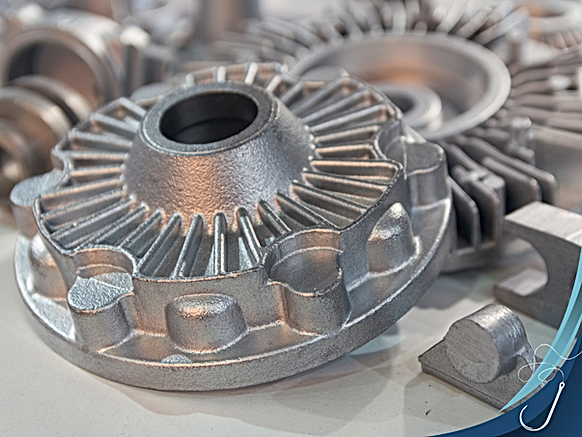Introduction to Precision Casting: Principles and Applications

Precision casting, also known as precision casting, is a manufacturing process that produces highly detailed and dimensionally accurate metal parts. This method is ideal for creating complex geometries that are difficult or impossible to achieve with traditional casting techniques. The process involves creating a wax or plastic pattern, coating it with a ceramic shell, and then melting the pattern to leave a cavity for molten metal.
Key Advantages:
High Accuracy: Tolerances as tight as ±0.1 mm can be achieved, reducing the need for machining.
Surface Finish: Parts often require minimal post-processing due to smooth surfaces.
Material Versatility: Compatible with a wide range of alloys, including stainless steel, aluminum, and superalloys.
Applications:
Aerospace: Turbine blades, engine components, and structural parts.
Medical: Implants and surgical instruments requiring biocompatibility.
Automotive: Fuel injectors, turbocharger wheels, and transmission parts.
Precision casting is a cornerstone of modern manufacturing, enabling the production of high-performance components for critical industries.





